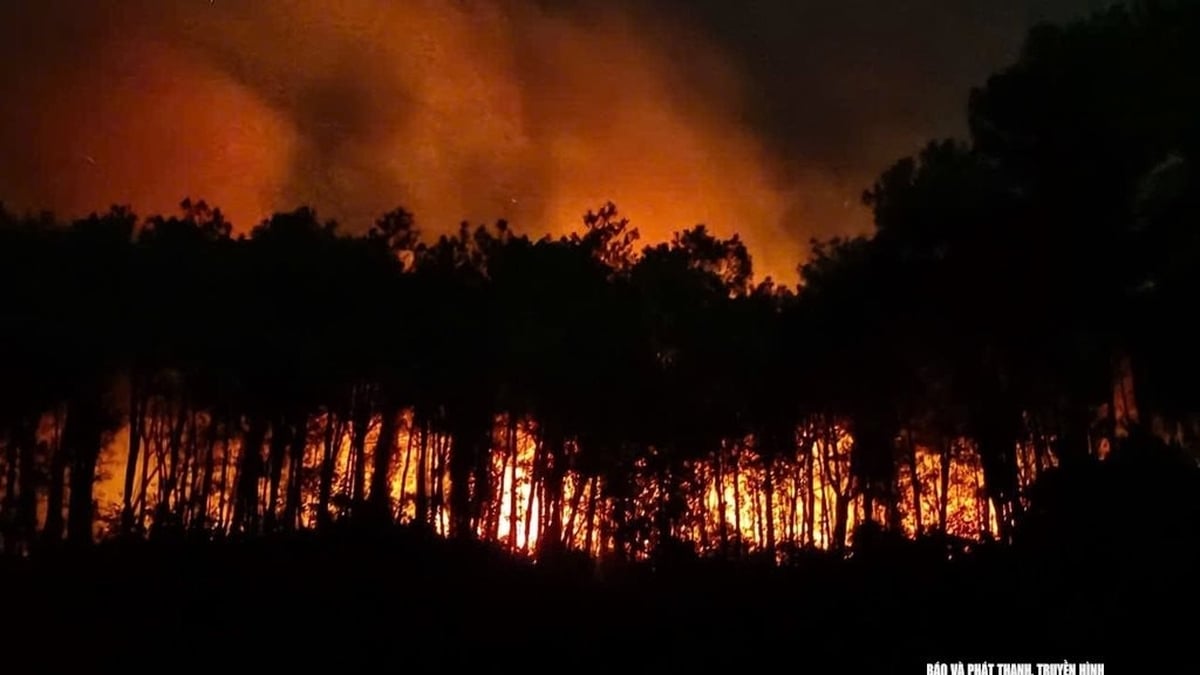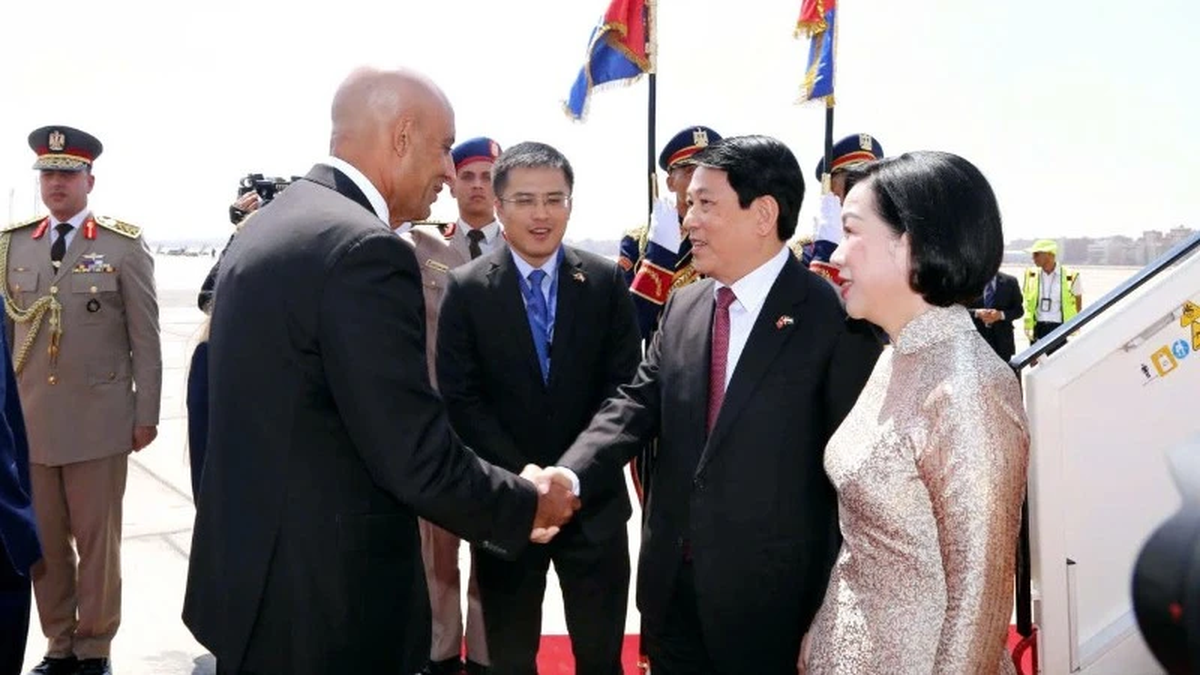National petroleum reserves (crude oil, products) will be raised to 75-80 days of net imports by 2030, more than 10 times higher than at present, and will increase to 90 days after this period.
This is one of the contents stated in the national energy master plan for the 2021-2030 period, with a vision to 2050, recently approved by Deputy Prime Minister Tran Hong Ha.
According to current regulations on the structure of Vietnam's petroleum reserves, they come from three sources: commercial reserves at wholesale trading enterprises (20 days) and distributors (5 days); production reserves at two oil refineries and national reserves.
Currently, the national reserve is relatively thin, about 5-7 days of net imports, but to ensure energy security, this level is not enough. Thus, with the target set in this planning, Vietnam's petroleum reserve by 2030 will increase 10-11 times compared to the current level.
The plan also aims to provide enough domestic energy demand, meeting the socio -economic development target with an average GDP growth rate of about 7% per year to 2030 and about 6.5-7.5% per year to 2050. The total final energy demand is 107 million tons of oil equivalent in 2030 and reaches 165-184 million tons of oil equivalent in 2050.
Regarding the development of the energy industry , crude oil exploitation will reach about 6-9.5 million tons per year by 2030, and increase by one and a half times by 2050. Coal exploitation output will be 41-47 million tons of commercial products per year. Experimental exploitation of the Red River coal basin will be conducted before 2040, and industrial-scale exploitation will be conducted before 2050 if the experiment is successful.
With new energy sources such as green hydrogen, the production scale will be about 100-200 thousand tons per year by 2030 and reach about 10-20 million tons per year by 2050.
In the next seven years, Vietnam will also form and develop a number of clean energy centers, including energy production and use, renewable energy equipment manufacturing industry, oil and gas in the North, South Central and South regions.
Regarding the equitable energy transition, the plan targets a renewable energy share of 15-20% in total primary energy by 2030 and around 80-85% by 2050. Vietnam also plans to reduce greenhouse gases by 17-26% in the next seven years, and this will increase to 90% by 2050 to achieve the net zero emission reduction target as committed at COP 26.
To achieve the above objectives, the Plan sets out solutions for capital mobilization and allocation; solutions for policies, international cooperation and implementation supervision. These solutions contribute to helping Vietnam transform energy, develop an independent and self-reliant industry and form an energy industrial ecosystem based on renewable energy and new energy. This aims to turn Vietnam into a clean energy industrial center and a renewable energy exporter in Southeast Asia.
Source link




































































































Comment (0)